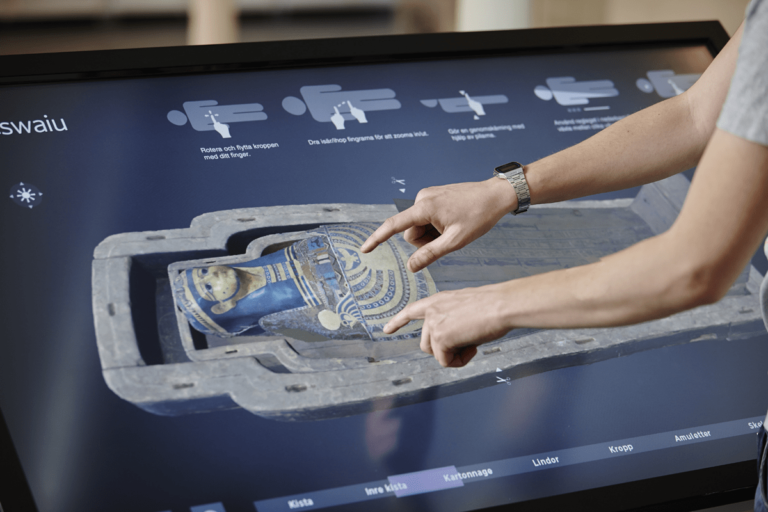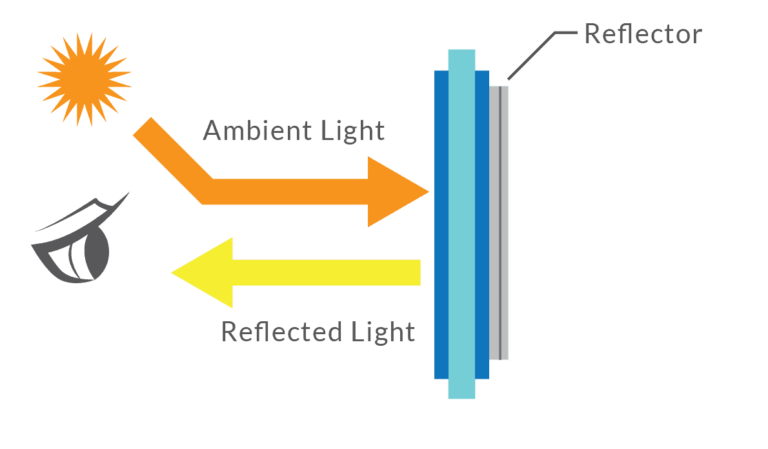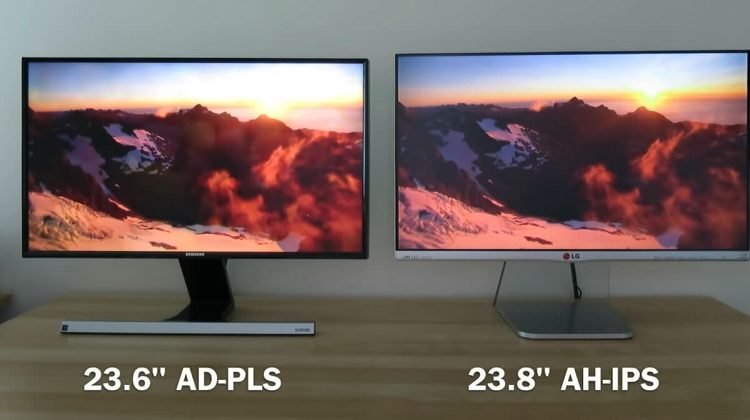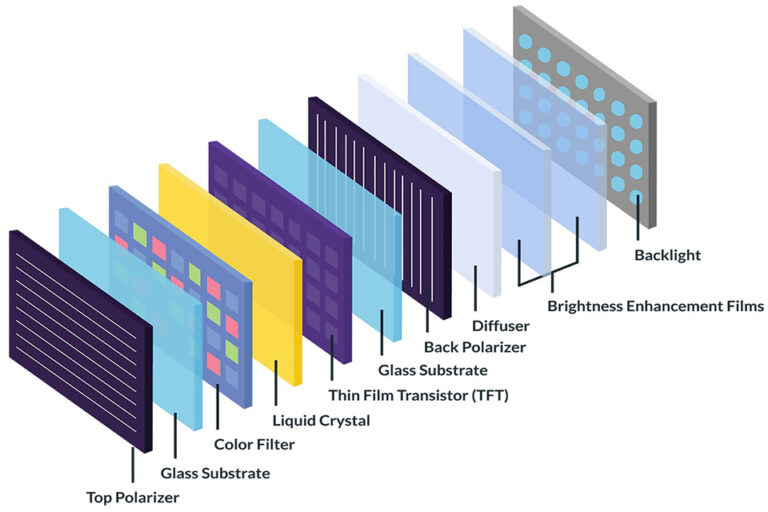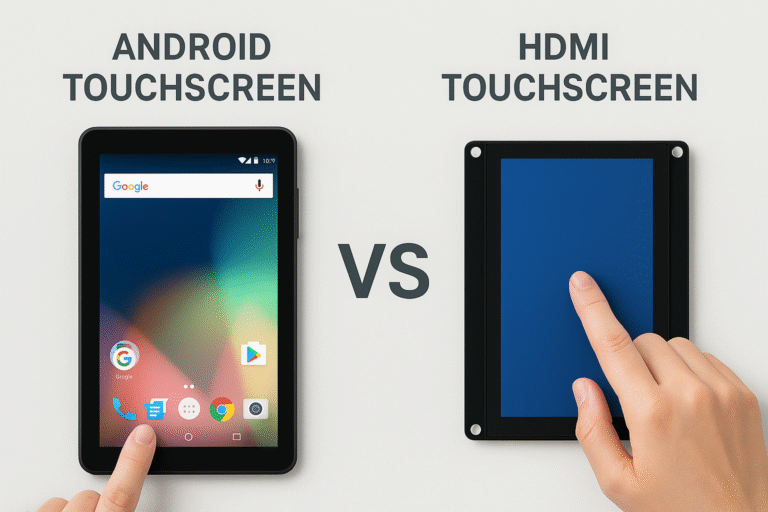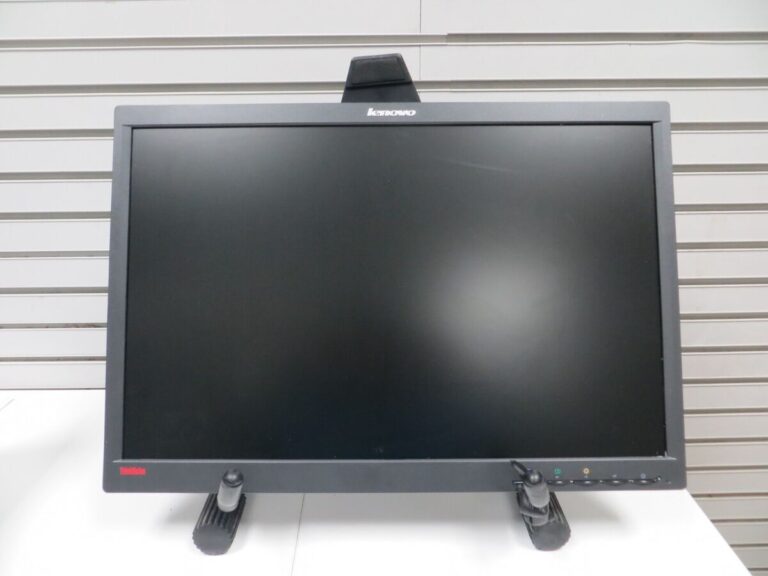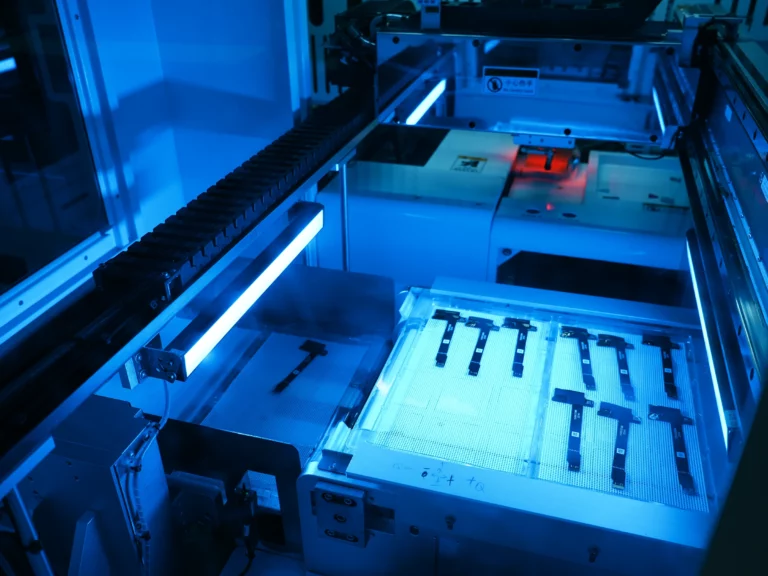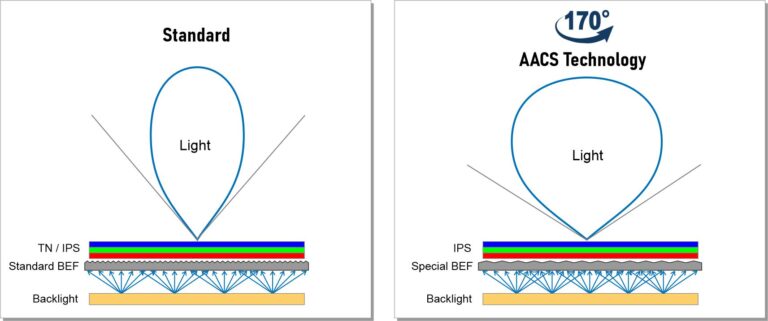- 1 Polarizers: Directing the Light That Makes Images Visible
- 2 Glass Substrates: Supporting Structure and Pixel Precision
- 3 Liquid Crystal Layer: The Core Light Valve of LCD Technology
- 4 카탈로그에는 수천 개의 제품이 있습니다.
- 5 Color Filter: Converting Light Into Full-Spectrum Visuals
- 6 TFT Array: Controlling Each Pixel in Real Time
- 7 Backlight Unit: Providing the Light Source Behind the Panel
- 8 Driver IC: The Smart Control Center of Every LCD
- 9 Touch Panel (Optional): Enabling Interaction with Intelligence
- 10 How These LCD Components Work Together
- 11 자주 묻는 질문(FAQ)
Polarizers: Directing the Light That Makes Images Visible
At the front and rear of every LCD lies a polarizer—a thin optical filter that controls the alignment of light waves.
The rear polarizer aligns backlight output.
The front polarizer filters the manipulated light after passing through the liquid crystals.
Without polarizers, you’d see no contrast or image—only a blank panel.
🧠 Tip: Polarizer quality directly affects viewing angles and ambient light readability.
Glass Substrates: Supporting Structure and Pixel Precision
Two glass layers sandwich the liquid crystal material, forming the structural foundation of the display.
These substrates house the TFT array 그리고 color filter while ensuring perfect pixel alignment.
They also serve as barriers against mechanical damage and environmental exposure, preserving image consistency and long-term durability.

Liquid Crystal Layer: The Core Light Valve of LCD Technology
This is the functional heart of every LCD. When voltage is applied, liquid crystals reorient to either block or transmit light.
This process controls:
- 밝기
- 대비
- Gray levels
The precision of this modulation determines how smooth or pixelated the on-screen content looks.
🧪 Read more: LCD 디스플레이 픽셀 용어, 해상도 및 종횡비 이해하기
카탈로그에는 수천 개의 제품이 있습니다.
LCD-TFT, OLED 그래픽 및 영숫자 디스플레이, LCM, 전자 종이 디스플레이, 바코드 스캐너(내장형, 핸드헬드, 고정 마운트), 산업용 모니터, 산업용 컴퓨터(캐리어 보드, COM 및 SOM, 임베디드 시스템, HMI 패널 컴퓨터, SBC), 정전 용량 및 저항막 터치 스크린, 액세서리(개발 키트, 커넥터, 컨트롤러, FPC/FFC 테이프, ZIF 커넥터) 등 다양한 제품을 만나보세요.
Color Filter: Converting Light Into Full-Spectrum Visuals
Each pixel is divided into three subpixels—Red, Green, and Blue (RGB)—by the color filter layer.
By varying voltage across the subpixels, LCDs mix millions of colors.
- Higher-grade filters enhance color saturation
- Uniform coating ensures consistent performance across the display
This is especially critical in medical imaging, digital signage및 professional graphic applications.
TFT Array: Controlling Each Pixel in Real Time
그리고 Thin-Film Transistor (TFT) layer forms a precise grid—containing a dedicated transistor for each subpixel.
These tiny transistors switch on/off based on signals from the driver IC, giving the display:
- High refresh rates
- Low power draw
- Accurate pixel-level control
TFT arrays are essential in 차량용 디스플레이, industrial HMIs및 portable devices where quick response and reliability are key.
Backlight Unit: Providing the Light Source Behind the Panel
LCDs don’t emit light on their own—they depend on a 백라이트, typically made of:
- White LEDs
- Light guide films
- 디퓨저 및 리플렉터
A good backlight ensures:
- Uniform brightness
- Color accuracy
- Outdoor readability

💡 RJY Display offers high-brightness LCDs (1000+ nits) ideal for sunlight-readable industrial monitors.
Driver IC: The Smart Control Center of Every LCD
Think of the driver IC as the bridge between your device and the display module. It converts image data into electrical signals that:
- Control voltage in the TFT grid
- Sync with touch and brightness control
- Optimize refresh rate, gamma curves및 power efficiency
Advanced ICs also support custom resolutions, adaptive brightness및 low-latency performance.
Touch Panel (Optional): Enabling Interaction with Intelligence
Modern LCDs often integrate touch-sensitive overlays. Two main types exist:
- 정전식 터치(PCAP) – Multi-touch, high precision, sleek design
- 저항성 터치 – Single-point, glove-compatible, rugged

🧪 Read more: LCD 패널 유형에 대한 종합적인 비교: TN, VA 및 IPS
At RJY Display, we customize touch interfaces for industries like:
- Medical diagnostics
- Outdoor terminals
- Factory automation panels
How These LCD Components Work Together
The performance of any LCD module is defined by how well these parts integrate:
| Component | Primary Role |
|---|---|
| 편광판 | Direct and filter light for visibility |
| 유리 기판 | Provide structure and alignment |
| 액정 레이어 | Modulate light transmission per pixel |
| Color Filter | Render full-spectrum color |
| TFT Array | Enable individual pixel control |
| 백라이트 유닛 | Provide illumination across display |
| 드라이버 IC | Manage signal conversion and power regulation |
| 터치 패널 | Allow interactive input (optional) |
Whether you need ultra-bright, sunlight-readable screens or low-power monochrome modules, understanding each part of LCD gives you an edge in product development.
자주 묻는 질문(FAQ)
Q1: What is the most important part of LCD structure?
A: All parts are interdependent, but the liquid crystal layer, TFT array및 백라이트 are foundational for image generation and quality.
Q2: Can I use LCDs without a touch panel?
A: Yes. Touch layers are optional. Many industrial modules are display-only, while others use integrated capacitive or resistive overlays.
Q3: How does backlight brightness affect display visibility?
A: Higher brightness improves readability in sunlight but may increase power consumption. We optimize backlight performance for your environment.
Q4: What’s the benefit of customizing LCD components?
A: Tailoring pixel layout, brightness, touch interface, and shape improves performance in specific-use cases like automotive, wearable, or industrial.
Q5: Are polarizers replaceable in LCD modules?
A: In most commercial designs, polarizers are built-in and not serviceable. Damage to them often requires full panel replacement.
참조 리소스





